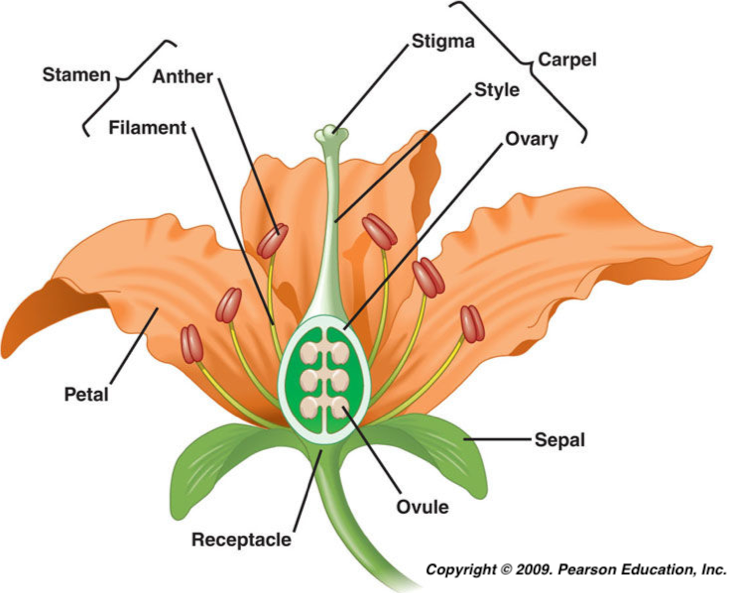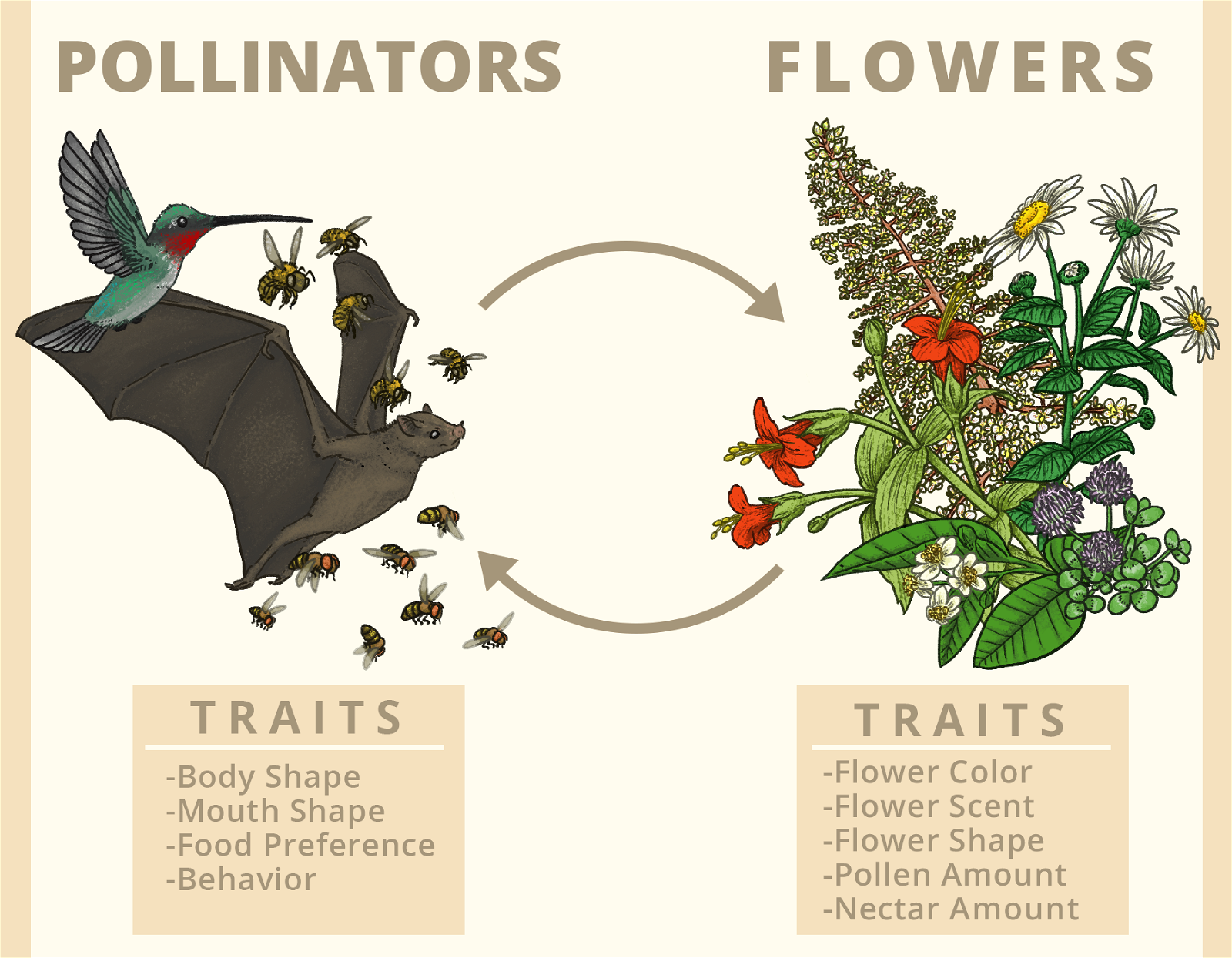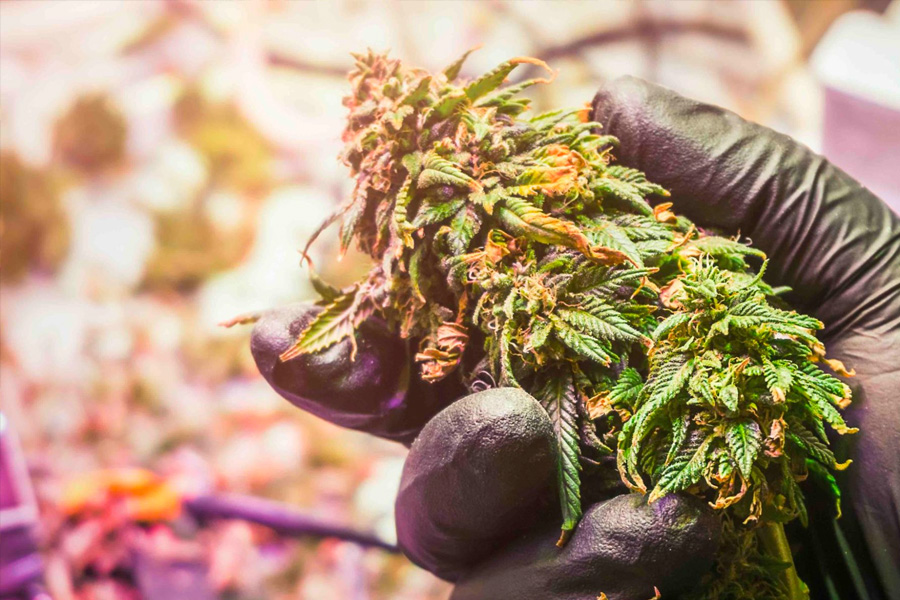Understanding the Part of the Plant That Attracts Insects for Better Growth

The short, simple answer: the part of the plant that attracts insects is the flower. Flowers are nature’s colorful, scented invitations designed specifically to catch the attention of bees, butterflies, moths, hoverflies—you name it.

If you’ve ever watched a garden in full bloom, you probably noticed that insects don’t bother much with leafy greens or plain stems. Why? Because flowers offer something special: nectar and pollen rewards wrapped in bright colors and enticing scents. It’s a bit like a “welcome” sign that says, “Free food here—come on in!”
Why Flowers Are the Ultimate Insect Magnets
I used to think any plant would attract pollinators if I just planted enough of it. Spoiler: leaves alone won’t cut it. Years ago, I ran an experiment in my backyard comparing two beds—one with spinach and chard (all leaves) and another with zinnias and cosmos (flowers). The flower bed pulled five times as many bee visits per hour. No fancy gear involved—just a kitchen timer and my own eyes buzzing with excitement.
Here’s what really matters:
-
Color isn’t just about what we see. Bees see ultraviolet patterns on petals that we can’t detect with our eyes. Hoverflies love yellows and whites; butterflies prefer pinks and purples. So that wild mix of colors in grandma’s garden? It’s no accident—it’s optimized for different insect visitors.
-
Scent works silently but powerfully. Some flowers release fragrances only at night to attract moths—like evening primroses that smell sweet after sunset. Other scents might seem subtle to us but are loud signals for specific bugs.
Quick List of Easy Flowers That Attract Insects
If you want to get started today, try planting some of these:
- Marigolds: Bright orange and yellow, great for bees and butterflies.
- Borage: Blue star-shaped flowers loved by honeybees.
- Calendula: Golden blooms that are easy to grow and irresistible to pollinators.
- Alyssum: Small white clusters that hoverflies adore.
- Cosmos & Zinnias: Showy colors that pull in all kinds of pollinators.
Even just adding a few pots of these near your veggies will make a noticeable difference.

An Easy Experiment You Can Try
Want proof firsthand?
- Plant two pots side-by-side—one with leafy greens like kale or lettuce, the other with marigolds or alyssum.
- Spend 15 minutes observing each at midday when pollinator activity peaks.
- Count how many insects visit each pot.
Chances are you’ll see way more action around the flowering plants—and often within hours!
Why Do Some Plants Not Attract Insects?
You might wonder why some plants don’t seem to care about attracting bugs at all. Well, wind-pollinated grasses don’t bother with flashy petals because they rely on wind blowing their pollen everywhere—and self-pollinating plants just do their own thing without looking for help.
But for most garden plants—and for anyone hoping to encourage bees and butterflies—the flower is your best friend.

My Biggest Gardening Lesson? Don’t Overthink It
When I first tried to create a “pollinator-friendly” patch years ago by planting mostly edible greens, I was baffled by the silence—no buzzing, no hummingbirds, just empty air except for a few pesky wasps raiding the compost. It wasn’t until a retired beekeeper suggested adding a handful of blooming flowers like calendula and borage that my plot exploded with life overnight.
Seeing bumblebees tussle over tiny petals was thrilling—and humbling! Turns out it doesn’t take a jungle; just a few well-chosen blossoms make all the difference.
Bottom Line Cheat Sheet
- The flower is the star player attracting insects—not leaves or stems.
- Look beyond human colors: consider what bees and butterflies actually see.
- Scent timing can be crucial (day vs night).
- Mix flower types/colors/timings to keep visitors interested all season long.
- Experiment yourself—it’s fun and eye-opening!
And if you ever doubt this simple truth—just head outside on a sunny day with a notebook (or smartphone) and watch who shows up where.
Final Thought
Nature’s system for inviting pollinators isn’t complicated; it’s elegant because it works. Flowers say “welcome” in color, scent, shape, and reward—a combo perfected over millions of years.
If you want buzzing activities around your garden (or even just want to marvel at nature doing its thing), start with flowers—they’re your ace card every time.
Need some plant suggestions tailored to your area or ready-made project ideas? Just ask—I’d love to help you bring more life into your garden!
P.S. I still remember how surprised I was the first time watching native bumblebees discover my little flower patch—it felt like unlocking a secret garden door right in my backyard. Trust me: once you see it happen, you’ll never look at flowers the same way again!
.PNG)



